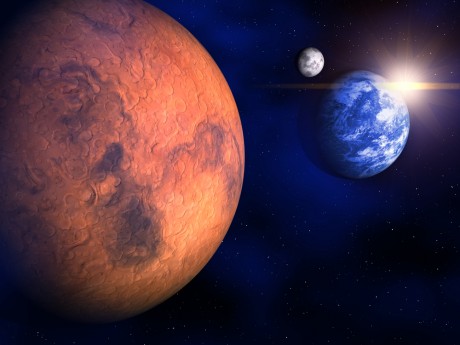This article Extreme Environments consists of 13 pages and 3544 words. In order to have full access to this article, email us at thedocumentco@hotmail.co.uk
Ref No: 811
Extreme Environments

Botanical Classification Principles
Botany is a study of pants that incorporates organization, recording, observation and classifications of facts associated with plants by means of inductive reasoning. The range of botanical classification principles involves assuming and testing hypothesis. Hypothesis is a provisional, unsure statement that can either be incorrect or correct. In order to study the accurateness of hypothesis scientist conduct various experiments and researches. Microscope is an important tool when conducting experiments in botany. The main feature of microscope is that it magnifies tiny objects to around 200,000 times, allowing botanical scientists to study invisible and miniature plant organisms under botanical classifications (Berlin, 2014).
The internal structure of plant is studied under plant anatomy. Plant anatomy helps in defining information relevant to past. Scientists match tree rings with archaeologist sites to know their age. Another application of plant anatomy is in criminal investigations. The associations among plants and stems can also be studied under the discipline of plant anatomy. Furthermore, paleobotany is study of plant fossils and plant functions come under plant physiology. Plant physiology evolved due to efforts of van Helmont and his land experimentations; however cloned genes are used by modern plant physiologists to understand how plants function (Janda & Abbott, 2010). Read More

Recent Comments